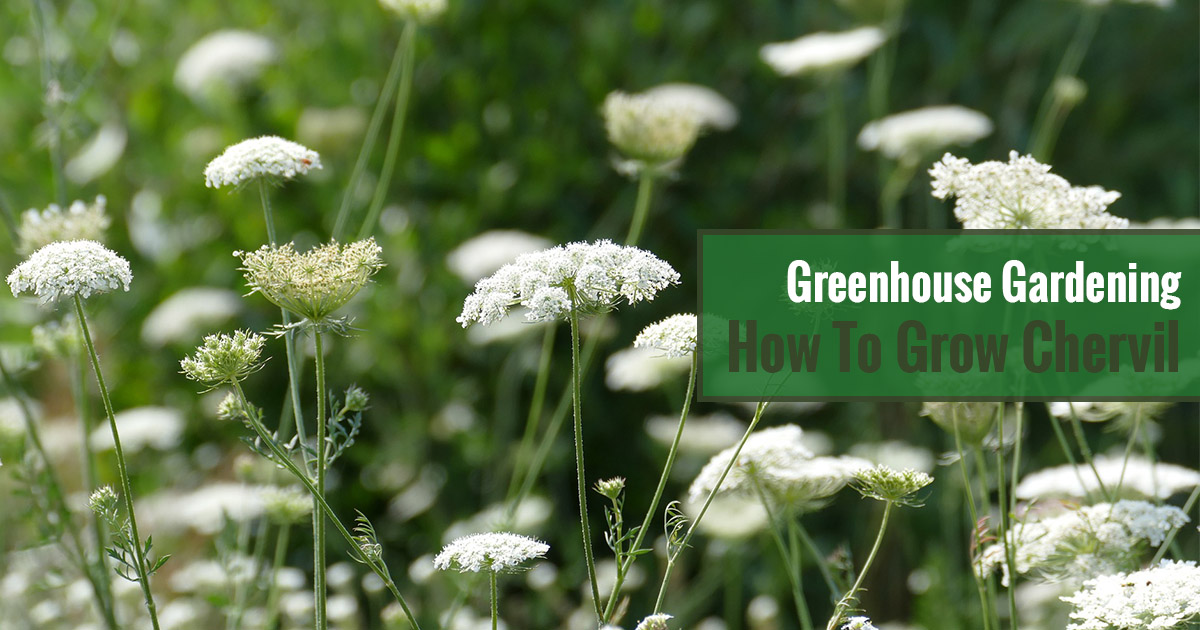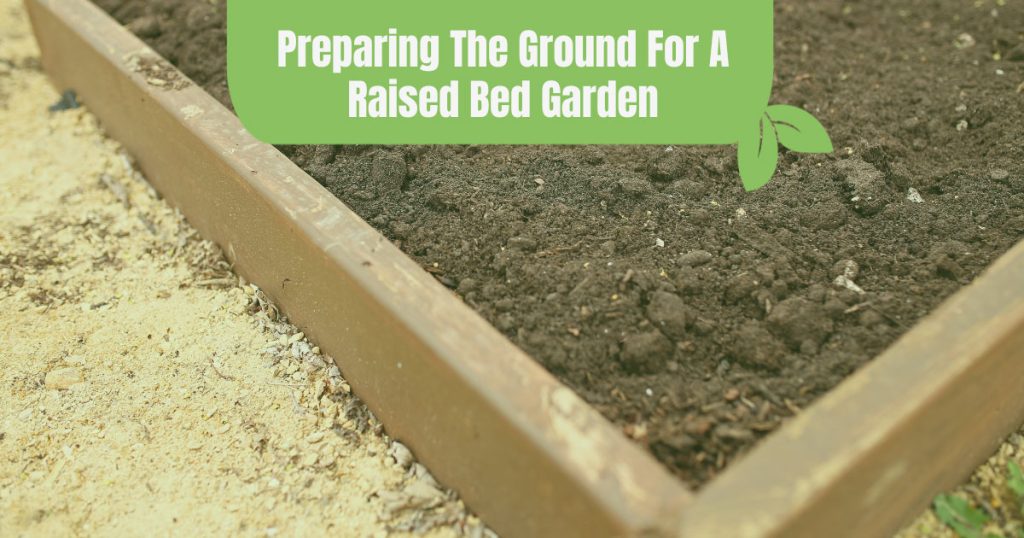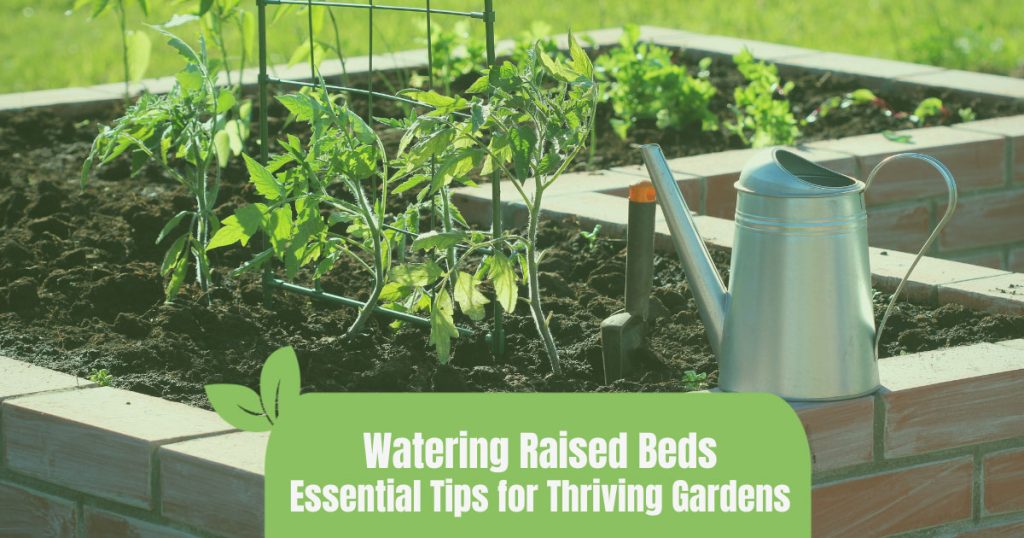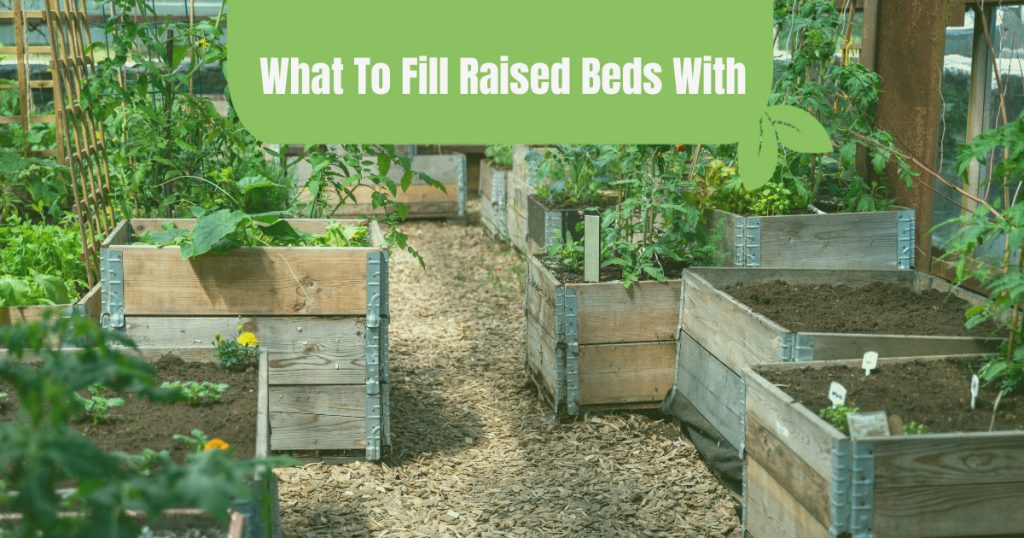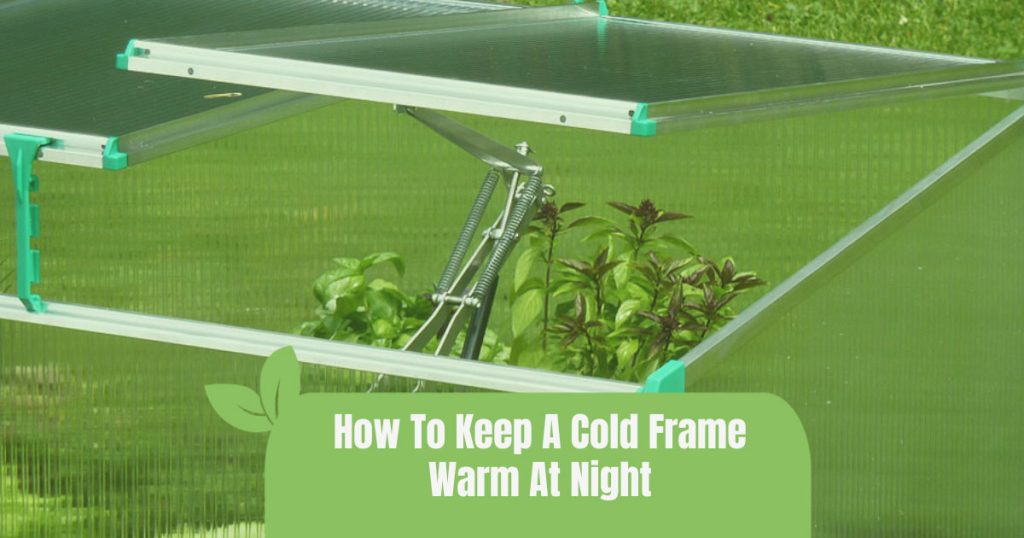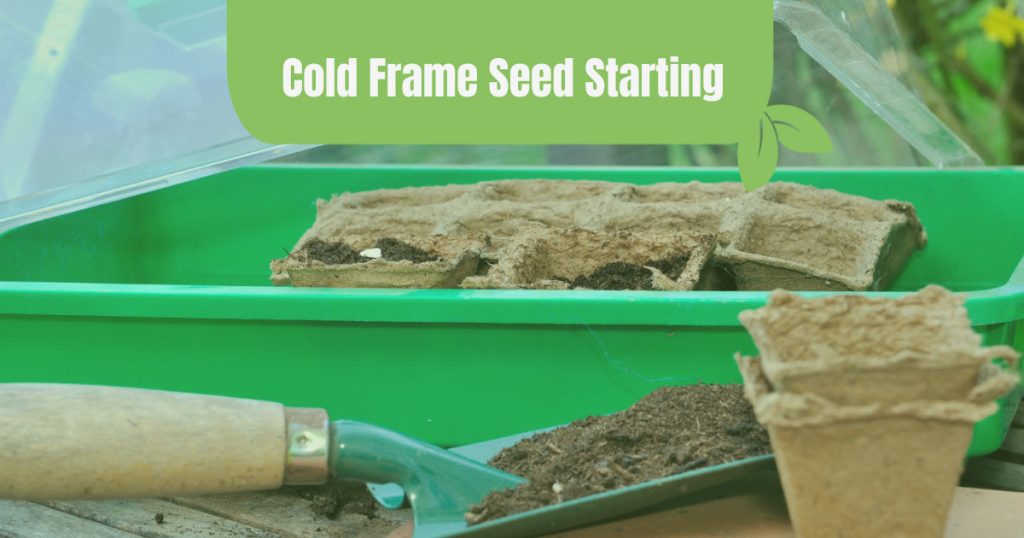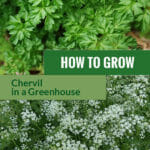
Chervil’s dark green leaves create a distinct addition to any salad and in several recipes. It is a biennial herb with lacy, flat, and its celery-like leaves which make it especially charming when planted in pots. They are so easy to develop from seeds. It rises anywhere between 12 to 24 inches high. Grow chervil in a greenhouse efficiently during the freezing winter with proper lighting and temperature.
Chervil is a cold season annual plant that resembles parsley. It attains heights between 12 and 24 inches and blooms in white flowers that look like umbels. The herb has many culinary and medicinal uses. In fact, it is one of the four main herbs preferred by French cuisine chefs to season seafood, young vegetables, and poultry. The other three are parsley, tarragon, and chives. The herb is easy to mature in greenhouse kits following this simple guideline.
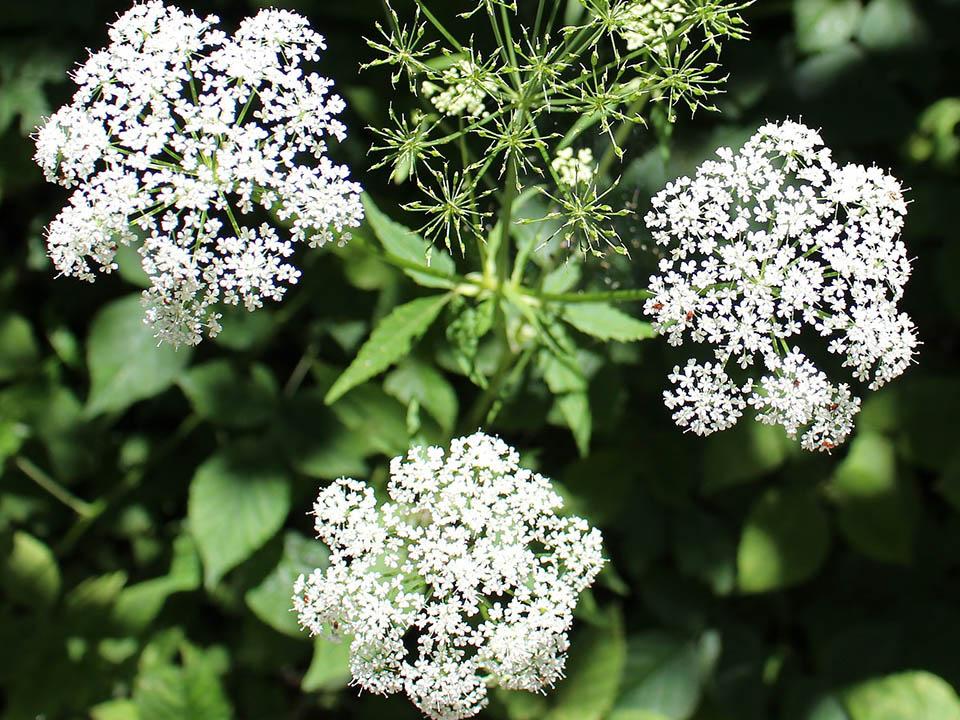
How to grow chervil in a greenhouse
- It can be easily planted right into the ground or into seeding trays. Grow your chervil seeds with RSI Hydroponic Floating Seeding Tray.
- Set about five seeds per cell.
- The seedlings are fragile so direct sowing works great as well. Plant them in groups, ideally, five seeds per group with the groups spaced 12 inches apart.
- Plant chervil not too deep. Simply cover the seeds with soil and maintain the soil moist to allow germination.
- Water the ground adequately. The preferred soil temperature for efficient germination should be around 55°F.
- Thin out to about 8 inches between plants once the seedlings rise.
More tips about chervil
- The herb is beneficial to broccoli and lettuce because it repels aphids, so you may want to plant them close to these vegetables.
- Chervil bolts quickly, creating delicate, white flowers. It will self-seed if neglected.
- Pick it regularly and replant it after it blossoms. Flowering chervil can be a charming improvement to a group of pots or combined in with other flowering shrubs.
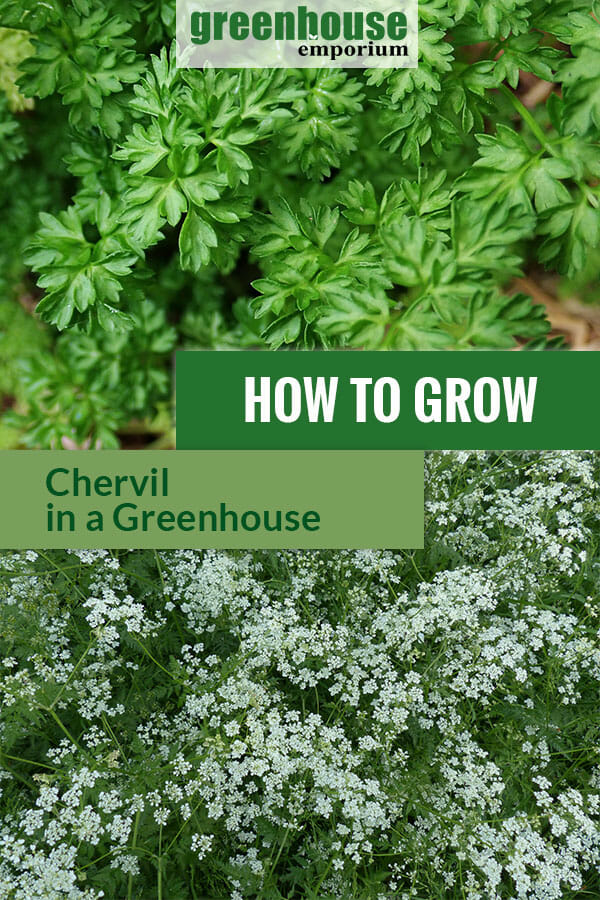
Typical queries
- Chervil will not tolerate dry conditions so water often.
- Grow chervil in a greenhouse under a shady spot.
- It is susceptible to slugs and snails as well as small animals such as rabbits and groundhogs. But it is seldom disturbed by pests.
Watering is a must
Chervil prefers grounds that are constantly moist. Apply about half an inch of water every morning or evening. Excellent water retention is a must.
After planting the seeds, keep the spot misted or clothe it with a damp newspaper to ensure the soil will not dry out before germination. A greenhouse misting system will help to create the perfect mist for your chervil.
Soil and feeding
Chervil requires a reasonably fertile soil that has excellent drainage but remains to be moistened. Pots or containers should be sufficiently deep to support its long taproot.
Chervil prefers a good nitrogen-rich compost. This encourages them to develop more leaves but you need to remember not to over-fertilize them. The seeds will take ten days or longer to germinate. They expect only little feeding this time. Just one application of well-balanced, slow-release compost before planting is enough. More than enough feeding will produce bigger but few flavorful leaves.
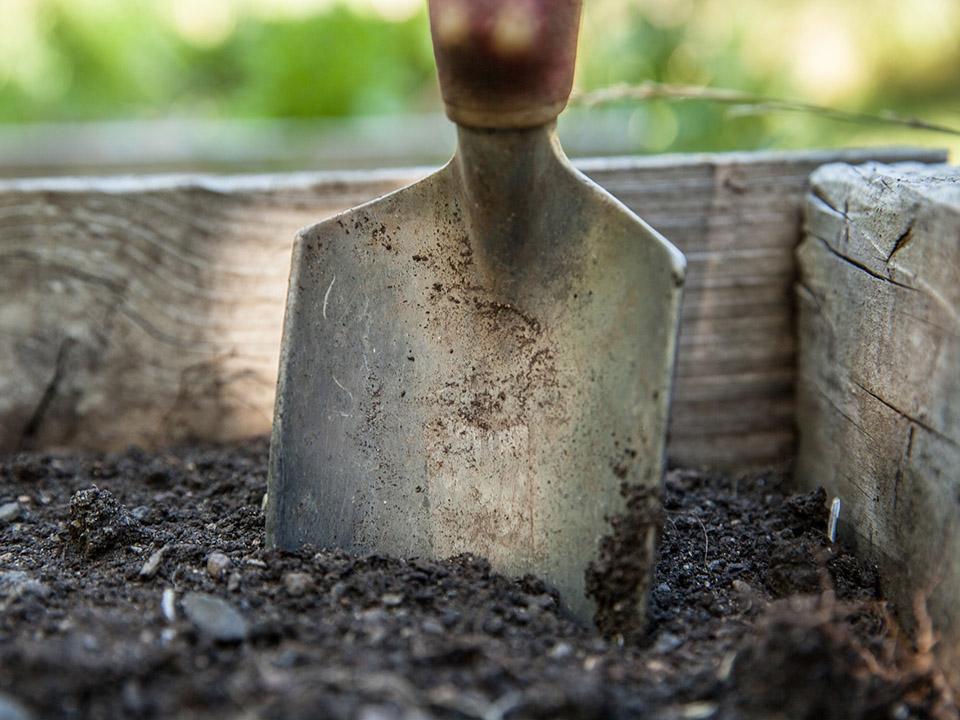
The herb prefers rich, loamy, and moist soil that has a high concentration of mature compost. While it tolerates a wide range of pH levels from 5.0, which is strongly acidic to 8.2, which is alkaline, the optimal pH range is between 5.5 and 7.0.
Sun and temperature
The herb prefers a small amount of shade though it can tolerate some sunlight during the cold months. Growing chervil in a greenhouse requires at least four hours of daylight every day. Your chervils will bolt if placed in high temperatures and dull sunny places.
The preferred soil temperature for effective germination should be around 55°F. Cooler places are the best. Put it away from radiators and heat pipes.
Picking chervils
The young and spicy leaves are ready for harvesting about ten weeks after sowing. Harvest by cutting these and use it as required. Chervil drops much of its unique taste when dried. It is at its best when freshly picked. There are roughly 400 to 500 seeds per gram.
If you have an excess of chervil, you can try freezing it in plastic pockets. Its flavor can last for up to 6 months.

